Whiteheads are one of the most common skin issues people face, often leaving us frustrated as we try to achieve clear, smooth skin. These small white bumps may not be as noticeable as other forms of acne, but they can still affect our confidence. If you’re wondering how to get rid of whiteheads fast and permanently, this guide will provide you with effective solutions and preventive measures. Whether you're dealing with the occasional breakout or a more persistent problem, there are ways to treat and prevent whiteheads for good.
What are Whiteheads?
Whiteheads are a type of acne, known scientifically as closed comedones. They occur when a pore or hair follicle becomes clogged with sebum (excess oil), dead skin cells, and sometimes bacteria. A thin layer of skin forms over the clogged pore, trapping everything inside, which leads to the characteristic white or yellowish bump under the surface of the skin. Unlike blackheads, which have an open pore allowing oxidation, whiteheads are sealed off, which is why they retain their white appearance.
Whiteheads are most commonly found on the face, but they can also appear on the chest, back, and other areas prone to oil buildup and clogged pores.
Whiteheads vs. Blackheads: What’s the Difference?
While whiteheads and blackheads are both forms of acne, they have distinct differences in appearance and formation. Whiteheads are closed comedones, meaning the pore remains sealed off by a layer of skin. This traps oil and dead skin cells inside, leading to the formation of a small, white bump.
Blackheads, on the other hand, are open comedones. The pore remains open, and the trapped sebum and dead skin cells are exposed to air, causing them to oxidize and turn dark. Essentially, the only difference between the two is whether the pore is open or closed.

How Do Whiteheads Form? Causes of Whiteheads
Whiteheads form when a pore or hair follicle becomes clogged with excess sebum, dead skin cells, and bacteria. Several factors contribute to the formation of whiteheads:
- Excessive Sebum Production: When your sebaceous glands produce too much oil, it can clog pores and lead to whiteheads. This often happens in people with oily or acne-prone skin types.
- Hormonal Changes: Hormonal fluctuations, especially during puberty, pregnancy, menstruation, or while taking hormonal medications, can cause an increase in sebum production, leading to breakouts.
- Bacterial Activity: The bacteria that naturally live on our skin can become trapped in clogged pores, leading to inflammation and whiteheads.
- Cosmetic Products: Certain skincare and cosmetic products may clog pores, especially if they are not labeled as non-comedogenic (meaning they won’t clog pores).
- Dietary Factors: Some studies suggest that diets high in sugar, dairy, and processed foods can contribute to acne and whiteheads.
-
Lifestyle Habits: Lack of proper skin care, such as not washing your face regularly or using harsh products, can worsen whiteheads.

- Genetics: If your parents or siblings had issues with acne and whiteheads, you might be genetically predisposed to them.
- Environmental Factors: Pollution, humidity, and other environmental conditions can increase the likelihood of clogged pores.
- Friction and Pressure: Regular friction or pressure on certain areas of the skin (such as from tight clothing or helmets) can cause whiteheads to form.
Where Do Whiteheads Appear?
Whiteheads can show up on various parts of the body, but they tend to appear in areas with higher concentrations of oil glands.
- Face: The most common place for whiteheads is the face, especially on the nose, forehead, cheeks, and chin. These areas produce more oil and are prone to clogged pores.
- Chest: Whiteheads can also appear on the chest, where clothing can trap sweat and oil, clogging the pores.
- Back: Similar to the chest, the back is another area where oil, sweat, and friction from clothing or equipment can lead to whiteheads.
How to Get Rid of Whiteheads
Treating whiteheads requires a combination of good skincare habits and the use of targeted treatments. Here are some of the most effective methods to remove whiteheads:
- Cleanse: Regularly cleansing your face with a gentle cleanser helps remove excess oil and dead skin cells. Be sure to wash your face twice a day to prevent whiteheads.
- Toning: Using a toner can help remove any remaining dirt or oil after cleansing. Toners with ingredients like witch hazel can also tighten pores.
-
Exfoliate: Regular exfoliation helps remove dead skin cells that can clog pores. Use a mild exfoliant to prevent irritation.

- Moisturize: Keeping your skin moisturized is crucial, even if you have oily skin. Look for non-comedogenic moisturizers to hydrate without clogging your pores.
- Sun Protection: Sunscreen protects your skin from harmful UV rays that can worsen acne. Choose a lightweight, oil-free sunscreen that won't clog pores.
- Benzoyl Peroxide: This over-the-counter treatment kills acne-causing bacteria and helps reduce inflammation. Apply a spot treatment with benzoyl peroxide to whiteheads.
- Salicylic Acid: This ingredient exfoliates the skin and helps unclog pores. It’s effective in treating both whiteheads and blackheads.
- Non-Comedogenic Products: Using skincare and makeup products labeled non-comedogenic ensures they won’t contribute to clogged pores.
Home Remedies for Whiteheads
In addition to over-the-counter treatments, several natural remedies can help treat whiteheads:
- Tea Tree Oil: Known for its antibacterial properties, tea tree oil can help reduce inflammation and kill bacteria.
- Aloe Vera: This soothing gel reduces redness and promotes healing.
- Vitamin A Cream: Retinoids derived from Vitamin A can help unclog pores and renew skin cells.
- Witch Hazel: A natural astringent, witch hazel helps reduce excess oil and tighten pores.
- Honey: Its antibacterial properties can help clear whiteheads and promote healing.
- Apple Cider Vinegar: This natural toner helps balance the skin's pH levels and prevent breakouts.
- Lemon Juice: The citric acid in lemon juice can exfoliate the skin and dry out whiteheads.
-
Retinoids: Retinoid creams can help increase cell turnover, which prevents pores from becoming clogged.

Why You Shouldn’t Pop That Pimple
As tempting as it may be, popping whiteheads is never a good idea. Here’s why:
- Risk of Infection: Popping a whitehead can introduce bacteria into the pore, leading to infection.
- Scarring: Improperly popping whiteheads can lead to permanent scarring.
- Worsening Inflammation: Squeezing the pimple can make it more inflamed, causing it to look worse and take longer to heal.
How to Prevent Whiteheads
Prevention is key when it comes to managing whiteheads. Here’s how you can keep them from appearing:
- Wash Your Face Regularly: Cleanse your face twice a day to remove excess oil and impurities.
- Use Non-Comedogenic Products: Choose skincare and makeup products that won’t clog your pores.
- Exfoliate Gently: Regular exfoliation helps remove dead skin cells before they clog pores.
- Keep Your Hands Off Your Face: Avoid touching your face throughout the day to prevent transferring oil and bacteria.
- Maintain a Balanced Diet: Eating a diet rich in fruits, vegetables, and whole grains can help keep your skin clear.
Frequently Asked Questions
Q: Can whiteheads go away on their own?
A: Yes, mild whiteheads can disappear on their own as the skin renews itself, but treatment can speed up the process.
Q: Are whiteheads a sign of poor hygiene?
A: No, whiteheads are not necessarily caused by poor hygiene. Hormones, excess oil production, and genetics are often more significant factors.
Q: How long does it take to get rid of whiteheads?
A: With proper treatment, whiteheads can clear up in a few days to a week.
Q: Do whiteheads only appear on oily skin?
A: While oily skin is more prone to whiteheads, they can also occur on combination or dry skin.
In conclusion, whiteheads are a common skin condition that can be treated with proper skincare and preventive measures. By following these steps, you can get rid of whiteheads fast and keep them from coming back.

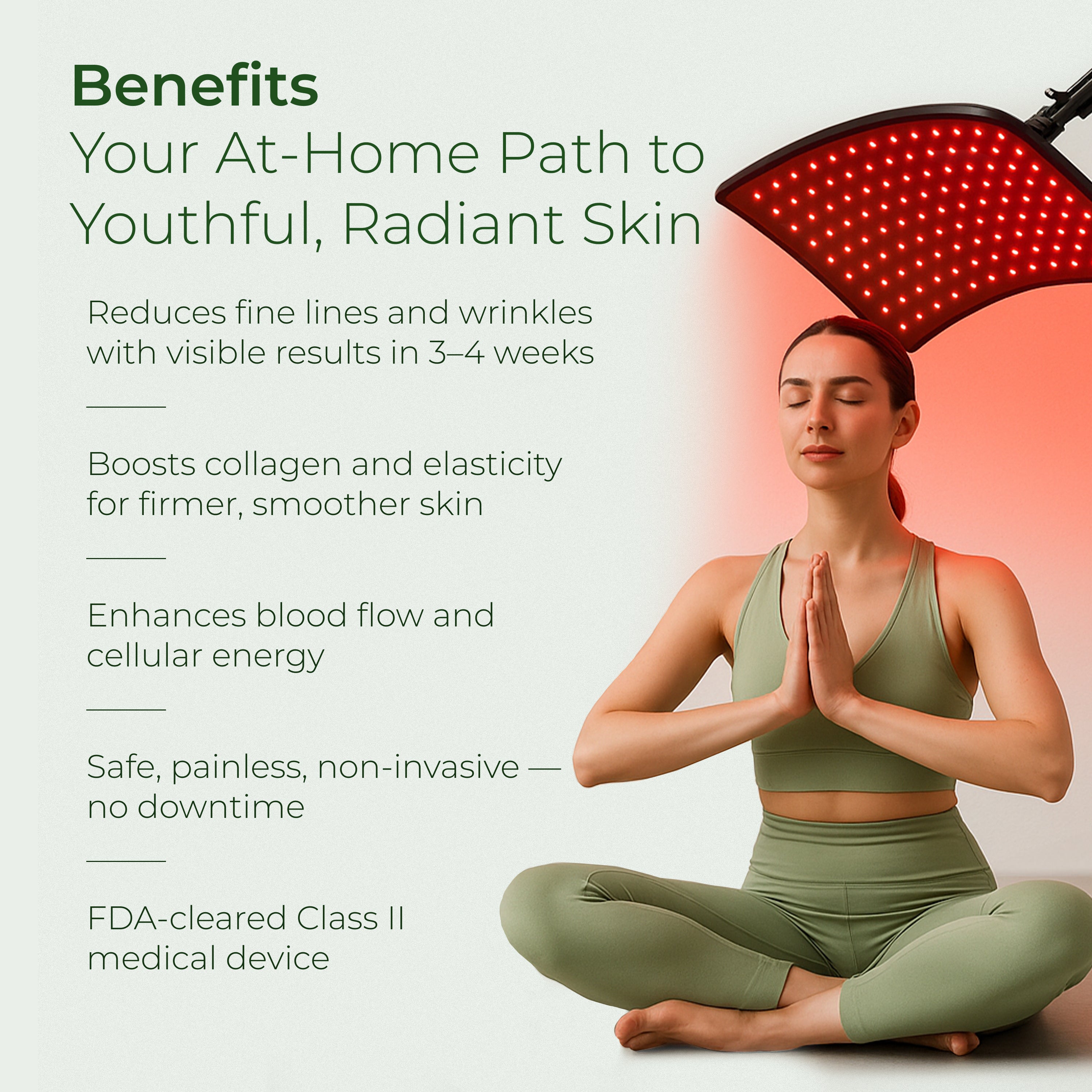
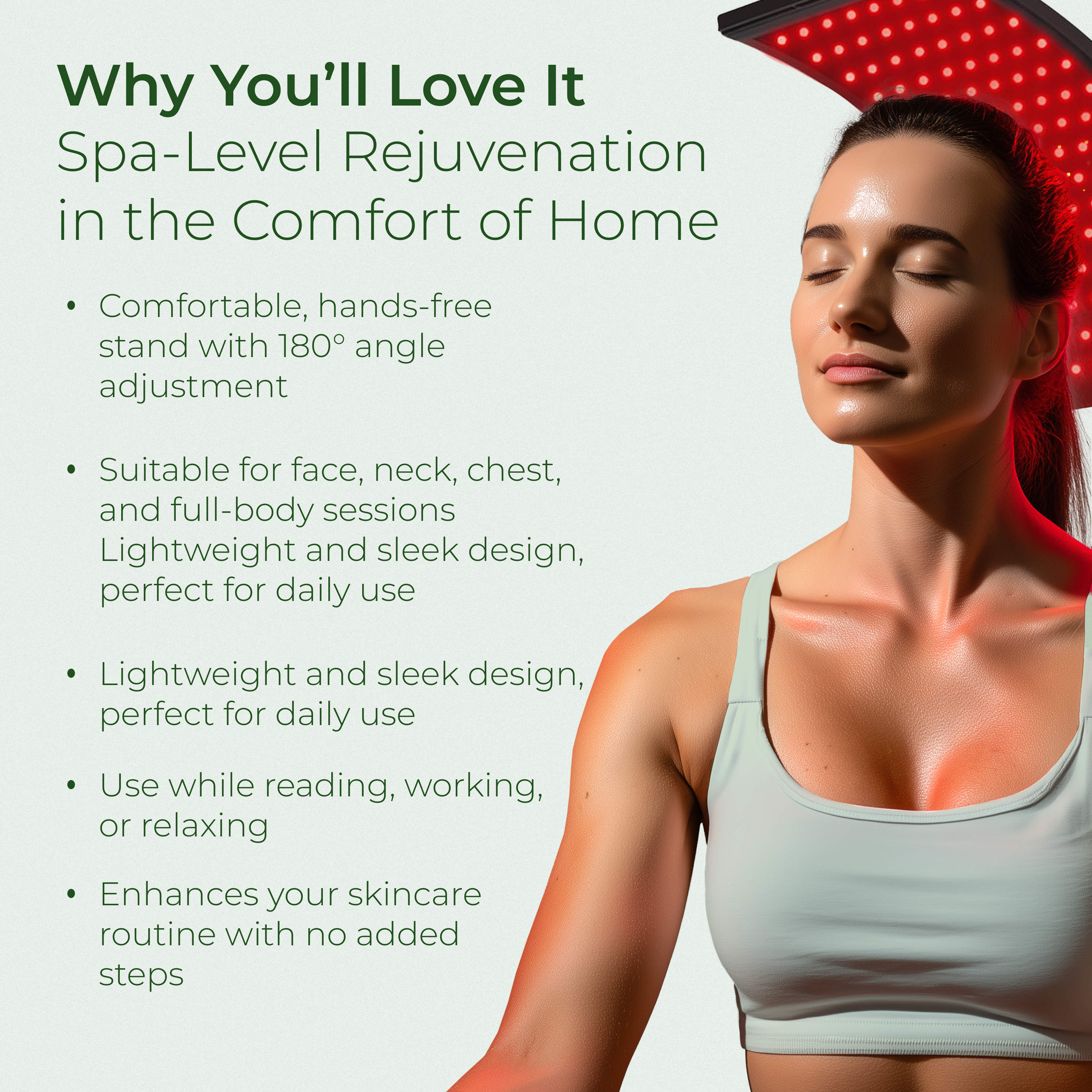
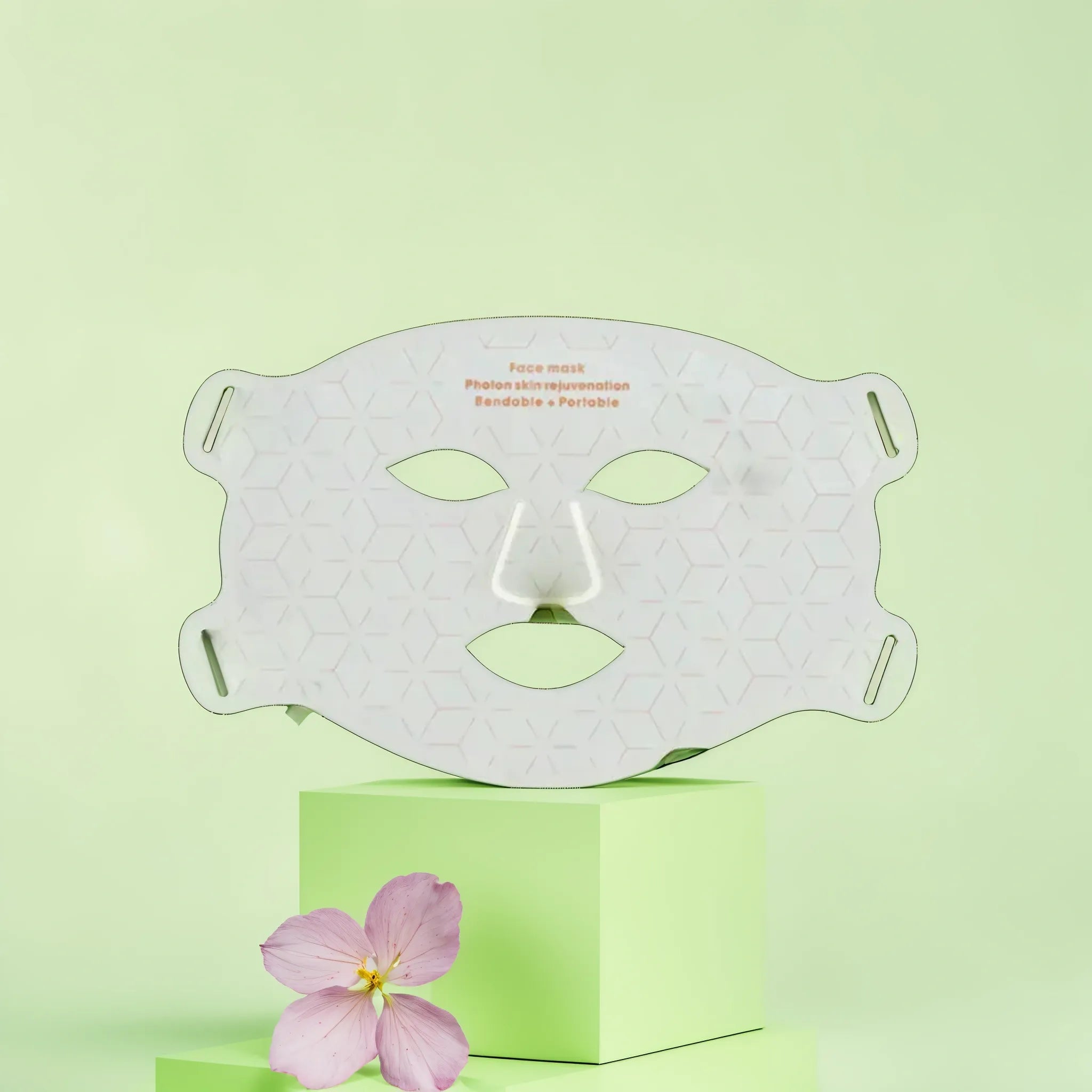
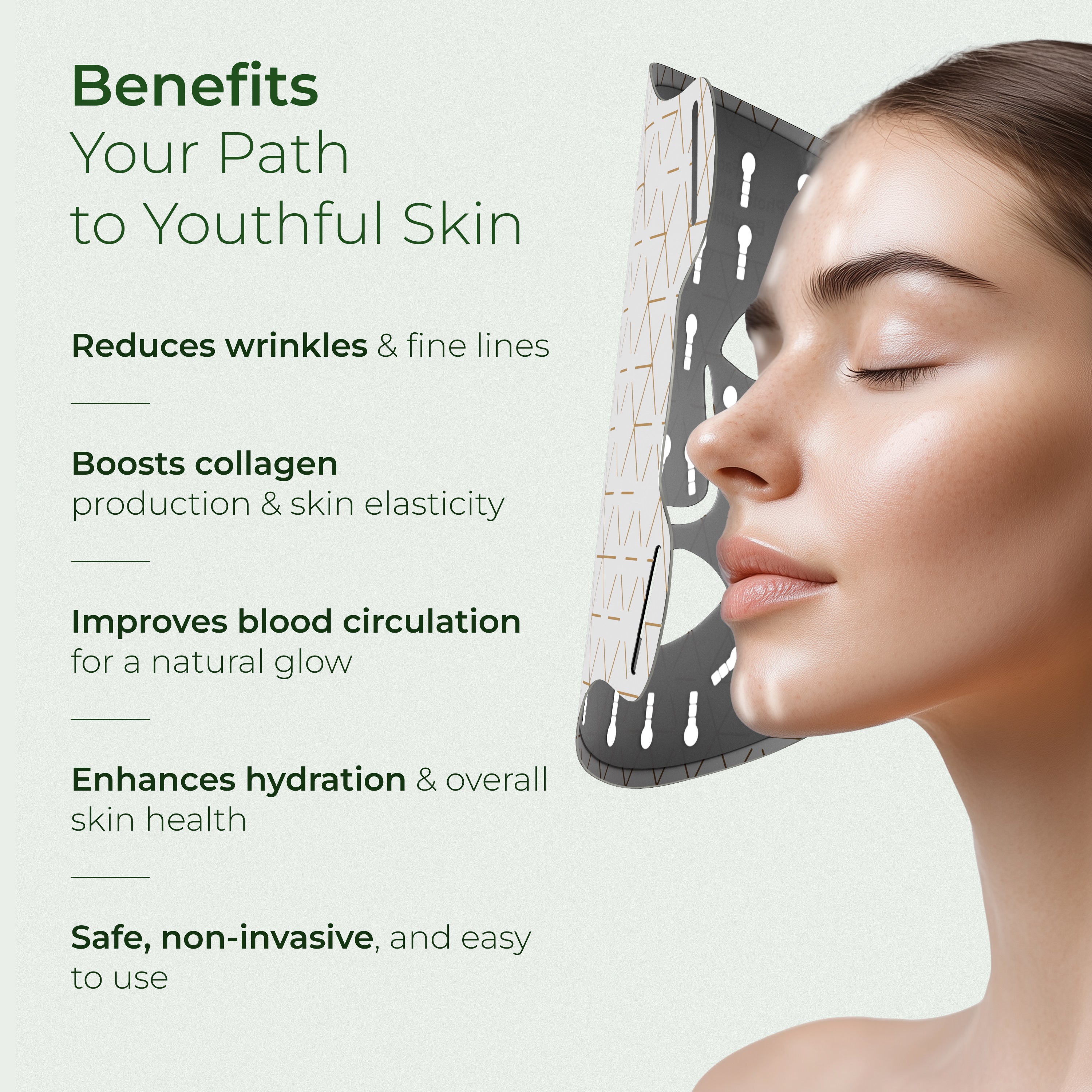


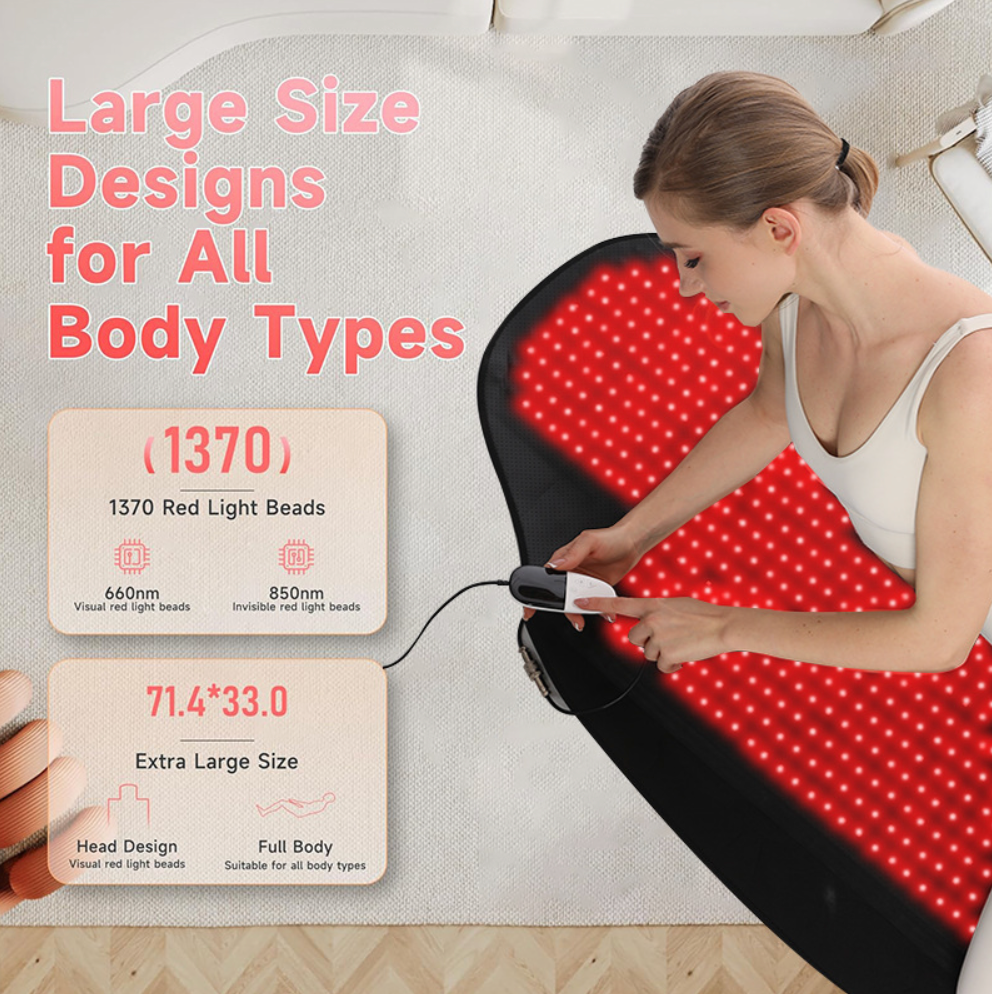
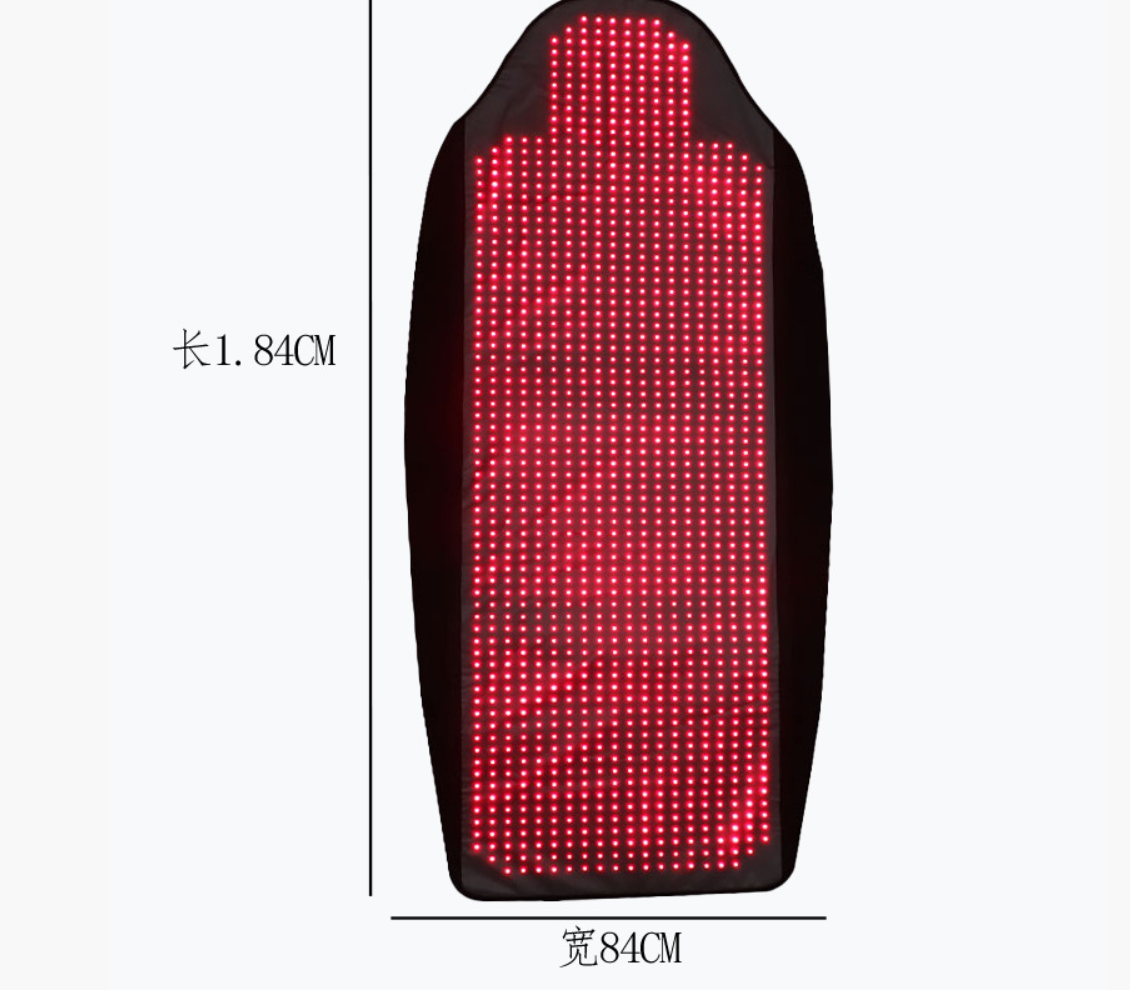
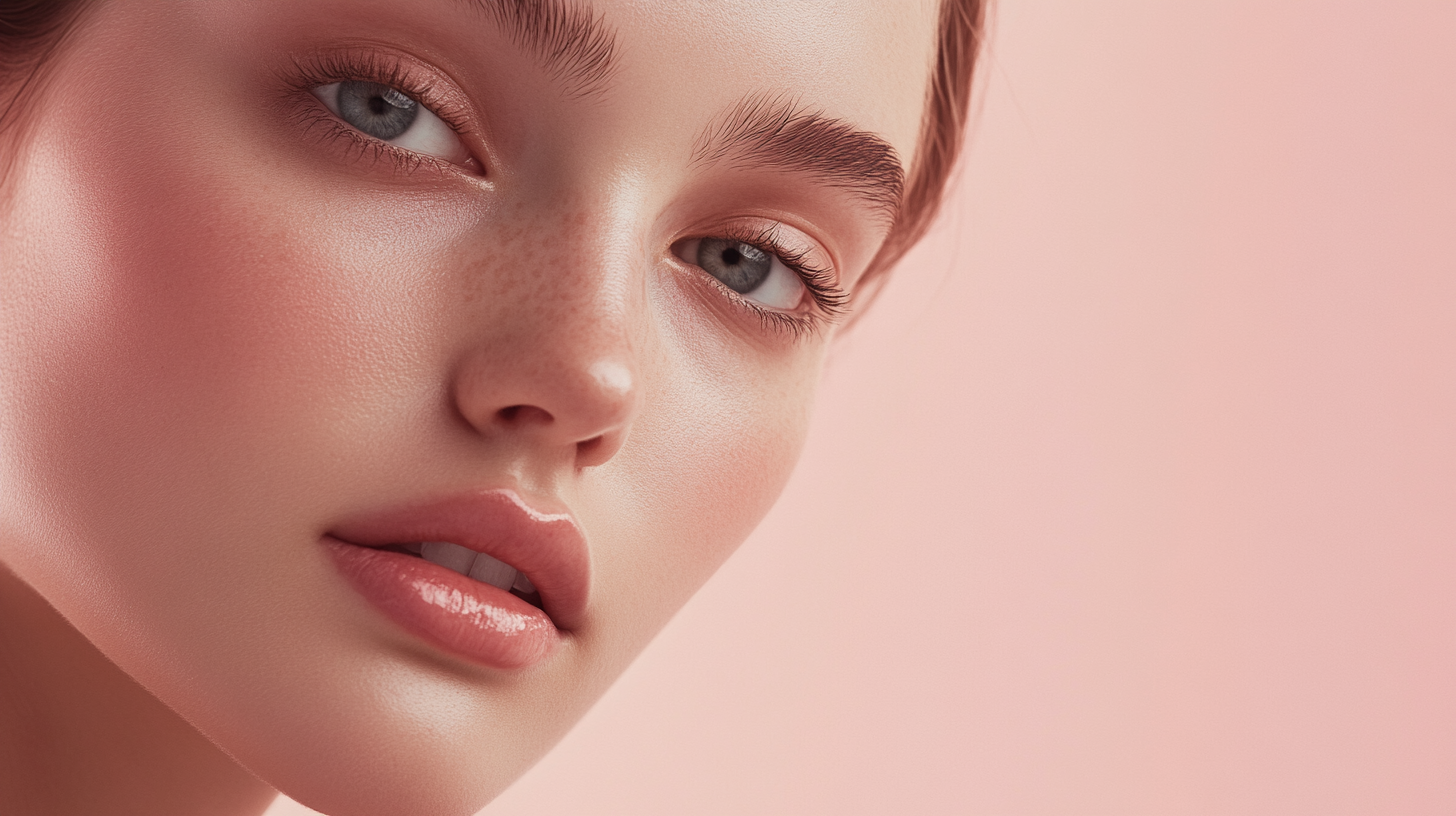


Deixe um comentário
Este site está protegido pela Política de privacidade da hCaptcha e da hCaptcha e aplicam-se os Termos de serviço das mesmas.